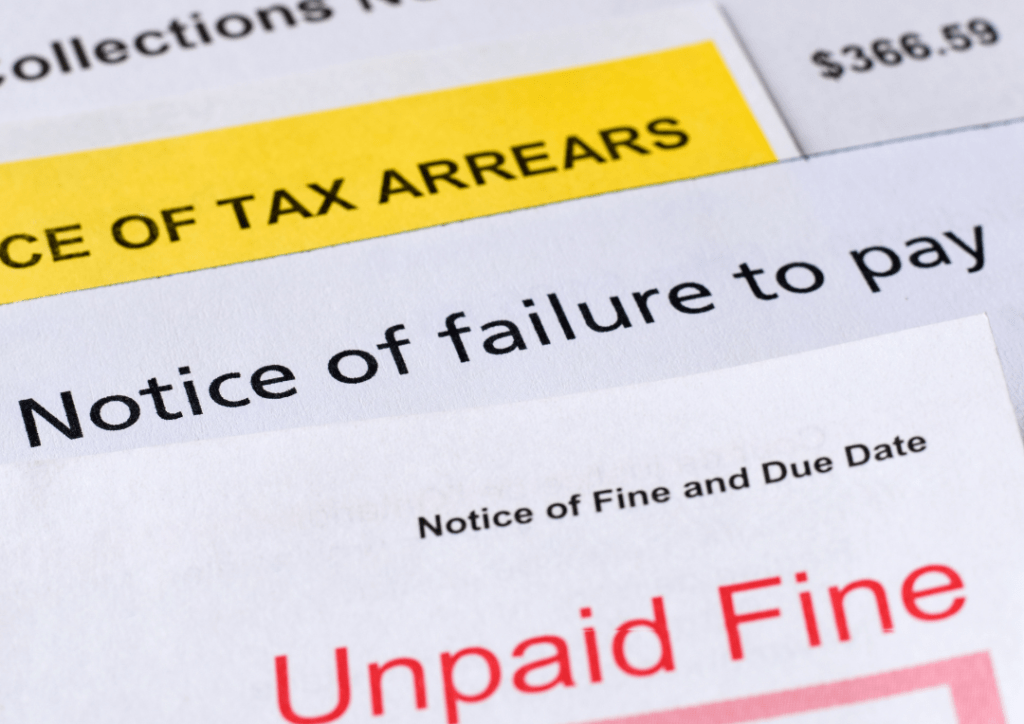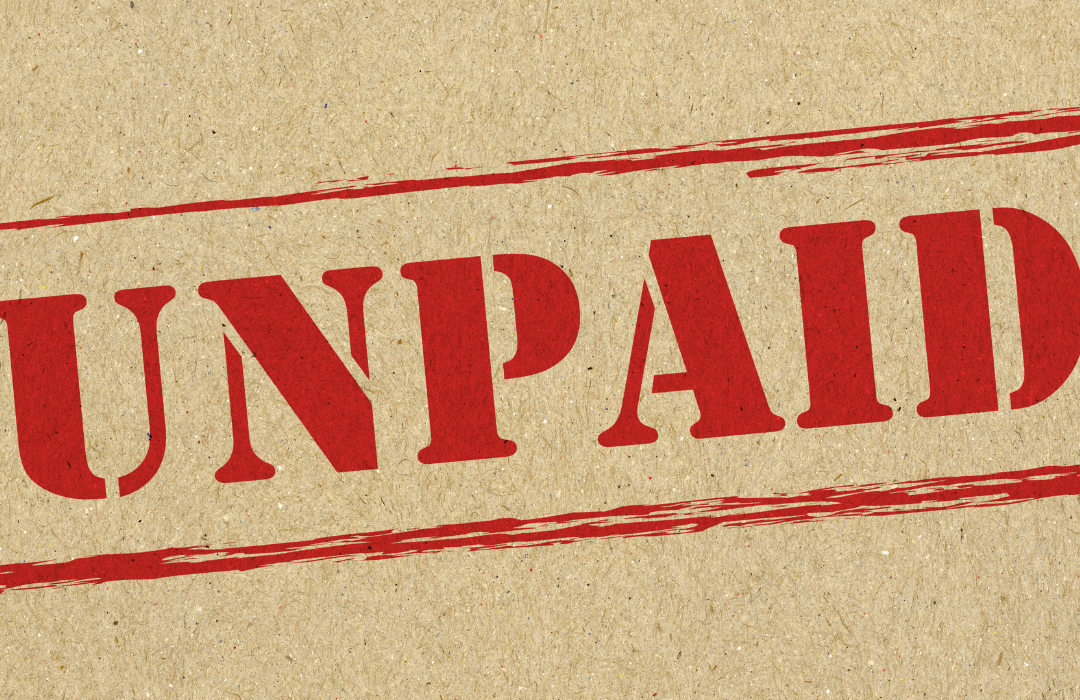Dealing with late or non-payments can be one of the most challenging aspects of running a small business. It can disrupt your cash flow, cause stress, and impact your bottom line. Inspired by Michael Girdley’s playbook, this comprehensive guide will walk you through effective strategies to handle non-payment situations professionally and efficiently, ensuring your business remains resilient and prosperous.
Assess the Situation
Determine the Nature of the Late Payment
The first step in managing non-payment is to understand whether it is a one-time issue or a recurring problem.
– One-off Occurrence: If this is the first time a customer is late, a friendly reminder might be sufficient to resolve the issue. This approach maintains a positive relationship while addressing the payment delay.
– Recurring Issue: If the customer has a history of late payments, a more systematic and assertive approach is necessary. This might involve stricter communication and possibly implementing preventive measures for future transactions.
Confirm Invoice Details and Accuracy
Review the Invoice
Before taking any action, it’s crucial to ensure that the invoice you sent is accurate. This avoids any misunderstandings or disputes:
– Thorough Check: Double-check all line items, quantities, unit prices, and totals to ensure there are no errors. Mistakes in invoicing can undermine your position and lead to unnecessary delays.
– Verify Delivery: Confirm that the goods or services were delivered as per the agreement. Check all documentation, such as delivery receipts or service completion confirmations, to ensure everything aligns with the terms specified in the invoice.
Send a Formal Notice
Clear Communication
Once you’ve confirmed the invoice details and the payment is still late, it’s time to send a formal notice:
– Clear Subject Line: Clearly state the purpose of the communication in the subject line. For example, “Outstanding Payment Reminder.”
– Summary of Outstanding Amount: Provide a concise summary of the outstanding amount, original due date, and any applicable late fees. Clarity helps avoid any confusion about what is owed and why.
– Offer Flexible Solutions: Show willingness to discuss alternative payment arrangements. Offering solutions such as installment plans or deferred payments can help resolve the issue amicably.
– Set a Firm Deadline: Outline the consequences for non-payment, such as service suspension or legal action, and set a firm deadline for the payment. This shows that you are serious about collecting the debt while also giving the customer a final opportunity to settle the amount.

Issue a Final Demand Letter
Professional Tone
If the initial notice doesn’t yield results, escalate the matter by sending a final demand letter:
– Formal Letter: Craft a professional and precise letter specifying the potential legal actions you will take if the payment is not made. This should be more assertive than previous communications.
– Include a Timeline: Give the client a clear deadline to respond or settle the payment before you escalate the issue further. This timeline should be reasonable but firm, demonstrating your seriousness.
Consult Your Attorney
Seek Legal Advice
If payment is still not received, it’s time to seek legal advice. Provide your attorney with all relevant documentation, including the invoice, contracts, and communication records. Consider the following options:
– Mediation: This can be a cost-effective and less adversarial way to resolve disputes. It fosters an environment of compromise and resolution, potentially saving the business relationship.
– Collections Agency: Hiring a collections agency can be effective, but they usually take a significant portion of the recovered amount. This option is suitable for larger debts where the recovery amount justifies the cost.
– Small Claims Court: For smaller amounts, usually under $5,000, small claims court can be a viable option. Ensure you understand the filing fees and procedures for your jurisdiction.
– Writing Off the Debt: Sometimes, it’s more practical to write off the debt and move on, especially if the cost and effort of collection outweigh the amount owed. Consult with your accountant to see if you can claim it as a tax expense.
How to Prevent Non-Payment Issues
Improve Your Processes
To avoid these situations in the future, consider improving your business processes:
– Be Selective with Clients: Implement a more rigorous client screening process. Being selective about whom you do business with can prevent future non-payment issues.
– Clear Onboarding Process: Ensure new customers fully understand your payment terms, due dates, and late fees. Clearly explain these terms during the onboarding process and include them in all contracts and invoices.
– Preventative Payment Methods: Consider collecting payments upfront or setting up automatic reminders through your invoicing software. This can include:
– Bank/Routing Numbers: Collecting bank or routing numbers instead of credit cards to ensure direct payments.
– Upfront Payments: Requesting full or partial payment upfront to secure your revenue.
– Automated Reminders: Using invoicing software to send automatic reminders before and after the due date. This reduces administrative burdens and ensures timely follow-ups.
Final Thoughts
Non-payment can be frustrating, but it’s an inevitable part of running a business. By staying calm, methodically addressing the issue, and improving your processes, you can minimize its impact on your operations. Remember, it’s all about learning and adapting to keep your business thriving. When you encounter non-payment, view it as an opportunity to refine your systems and strengthen your business resilience.












